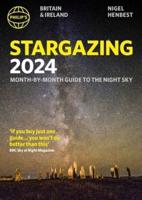Publisher's Synopsis
Millions of pounds of mercury (Hg) were deposited in the river and stream channels of the Sierra Nevada from placer and hard-rock mining operations in the late 1800s and early 1900s. The resulting contaminated sediments are relatively harmless when buried and isolated from the overlying aquatic environment. The entrained Hg in the sediment constitutes a potential risk to human and ecosystem health should it be reintroduced to the actively cycling portion of the aquatic system, where it can become methylated and subsequently bioaccumulated in the food web. Each year, sediment is mobilized within these fluvial systems during high stormflows, transporting hundreds of tons of Hg-laden sediment downstream. The State of California and resource-management agencies, including the Bureau of Land Management (BLM) and the U.S. Forest Service, are concerned about additional disturbances, such as from suction gold dredging activities, which have the potential to mobilize Hg associated with buried sediment layers elevated in Hg that are otherwise likely to remain buried under normal storm conditions.









